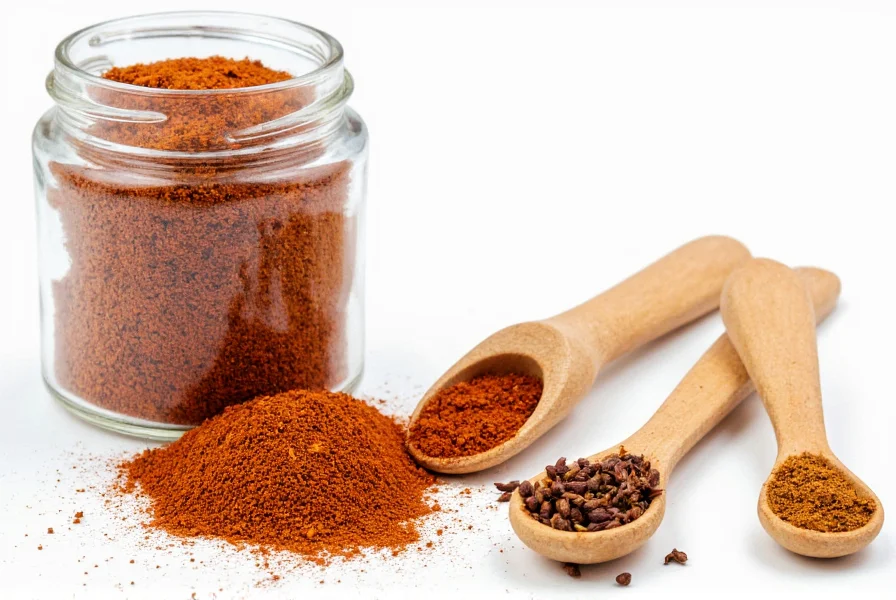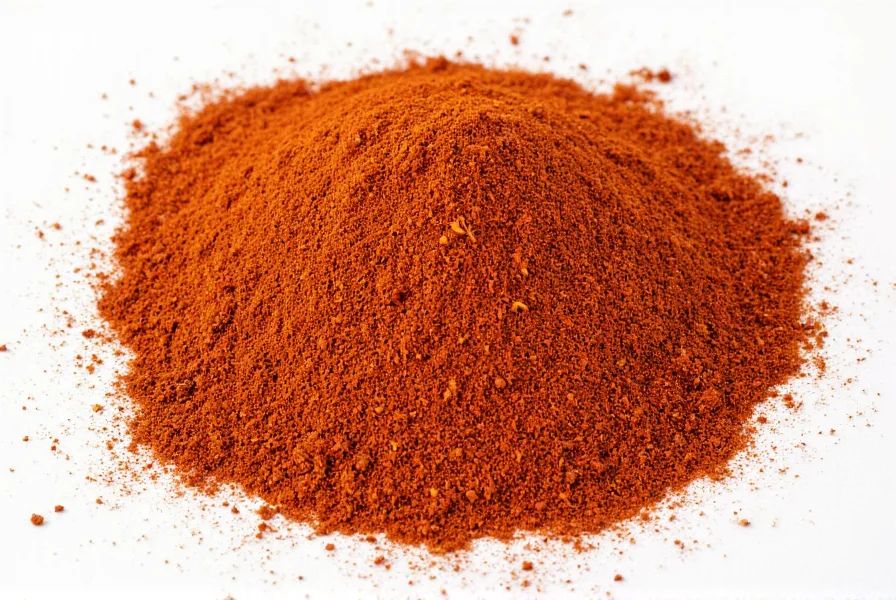The perfect homemade chili spice blend combines 2 tablespoons chili powder, 1 tablespoon cumin, 2 teaspoons garlic powder, 2 teaspoons onion powder, 1 teaspoon dried oregano, and 1 teaspoon paprika. For authentic flavor, toast whole spices before grinding and adjust heat levels with cayenne pepper. This versatile blend works for chili, tacos, soups, and more—store in an airtight container for up to 6 months.
Creating your own chili spice blend unlocks richer, fresher flavors than store-bought versions. Unlike commercial mixes loaded with fillers and preservatives, homemade chili spice lets you control ingredients and tailor heat levels to your preference. This foundational recipe serves as both a classic chili seasoning and versatile cooking staple for Tex-Mex dishes.
Essential Ingredients for Authentic Chili Spice
Quality ingredients make the difference between bland and brilliant spice blends. Use these proportions for an 8-ounce batch:
| Ingredient | Measurement | Flavor Contribution |
|---|---|---|
| Ancho chili powder | 3 tbsp | Smoky depth, moderate heat |
| Ground cumin | 1.5 tbsp | Earthy backbone |
| Garlic powder | 2 tsp | Savory umami |
| Onion powder | 2 tsp | Sweet complexity |
| Dried oregano | 1.5 tsp | Herbal brightness |
| Smoked paprika | 1 tsp | Wood-fired notes |
| Cayenne pepper | 1/4-1 tsp | Adjustable heat |

Step-by-Step Preparation Guide
Follow these professional techniques for superior flavor development:
- Toast whole spices (if using): Heat cumin seeds, dried chilies, and oregano in dry skillet over medium heat for 2-3 minutes until fragrant
- Grind fresh: Use coffee grinder reserved for spices to create fine powder
- Sift ingredients: Ensures uniform texture and prevents clumping
- Mix thoroughly: Combine all components in glass bowl using whisk
- Rest before use: Allow flavors to meld for 24 hours in airtight container
Customizable Variations for Different Cuisines
Adapt this base recipe for specific culinary applications:
- Texas-Style: Omit paprika and oregano, add 1 tsp black pepper and 1/2 tsp cocoa powder
- Smoky Chipotle Blend: Replace regular chili powder with 2 tbsp chipotle powder
- Mexican-Inspired: Add 1/2 tsp coriander and 1/4 tsp cinnamon for complex warmth
- Mild Family Version: Reduce cayenne to 1/8 tsp and add 1 tsp sweet paprika
Pro Tips for Perfect Chili Spice Every Time
Professional chefs recommend these techniques for optimal results:
- Store whole spices in freezer to preserve volatile oils
- Use dedicated spice grinder to prevent flavor contamination
- Add acid (lime juice or vinegar) when cooking to brighten flavors
- Bloom spices in hot oil before adding liquids for deeper flavor extraction
- Double batch and store in amber glass jars away from light
Common Mistakes to Avoid
Prevent these frequent errors that compromise flavor:
- Using stale spices - Check freshness by rubbing between fingers; should release strong aroma
- Overheating during toasting - Spices burn quickly at high temperatures
- Incorrect measurements - Use proper measuring spoons, not random utensils
- Skipping the resting period - Flavor integration requires time
- Storing in clear containers - Light degrades spice quality rapidly
Culinary Applications Beyond Chili
This versatile blend enhances numerous dishes:
- As dry rub for grilled meats and roasted vegetables
- Stirred into soups, stews, and bean dishes
- Mixed with oil for flavorful marinades
- Added to tomato-based pasta sauces
- Combined with mayo for spicy dipping sauce

Storage Guidelines for Maximum Freshness
Preserve flavor potency with proper storage techniques:
- Use amber or opaque glass containers to block light
- Store in cool, dark pantry (not above stove where heat fluctuates)
- Keep away from humidity sources like dishwasher or sink
- Label containers with preparation date
- Replace blend after 6 months for optimal flavor (though safe indefinitely)
Frequently Asked Questions
Can I substitute fresh spices for dried in this chili spice recipe?
Fresh spices don't work well in dry blends due to moisture content. For best results, use dried spices exclusively. If making a wet marinade, you could use fresh garlic and onions, but the dry spice blend requires powdered ingredients for proper shelf stability and texture.
How can I make this chili spice blend gluten-free?
This homemade chili spice recipe is naturally gluten-free when using pure spices. Commercial blends sometimes contain anti-caking agents with gluten, but our from-scratch version eliminates this concern. Always verify individual spice labels if you have severe gluten sensitivity, as cross-contamination can occur during processing.
What's the difference between chili powder and chili spice blend?
Chili powder typically refers to ground dried chilies alone, while chili spice blend combines chili powder with complementary spices like cumin, garlic, and oregano. Our recipe creates the complete seasoning mix used in chili con carne, whereas pure chili powder is just one component of the blend.
Why does my homemade chili spice taste different from store-bought versions?
Commercial blends often contain fillers like flour or cornstarch and preservatives that alter flavor and texture. Homemade versions taste fresher and more vibrant because you control the ingredients. The absence of anti-caking agents means our blend has more intense flavor but requires proper storage to prevent clumping.
Can I use this chili spice blend as taco seasoning?
Absolutely. This versatile blend works perfectly as taco seasoning—use 2-3 tablespoons per pound of meat. For authentic taco flavor, add 1/2 teaspoon of this blend to 1/4 cup of tomato paste when browning meat. The recipe's balanced spice profile enhances both chili and taco preparations without requiring separate blends.










 浙公网安备
33010002000092号
浙公网安备
33010002000092号 浙B2-20120091-4
浙B2-20120091-4